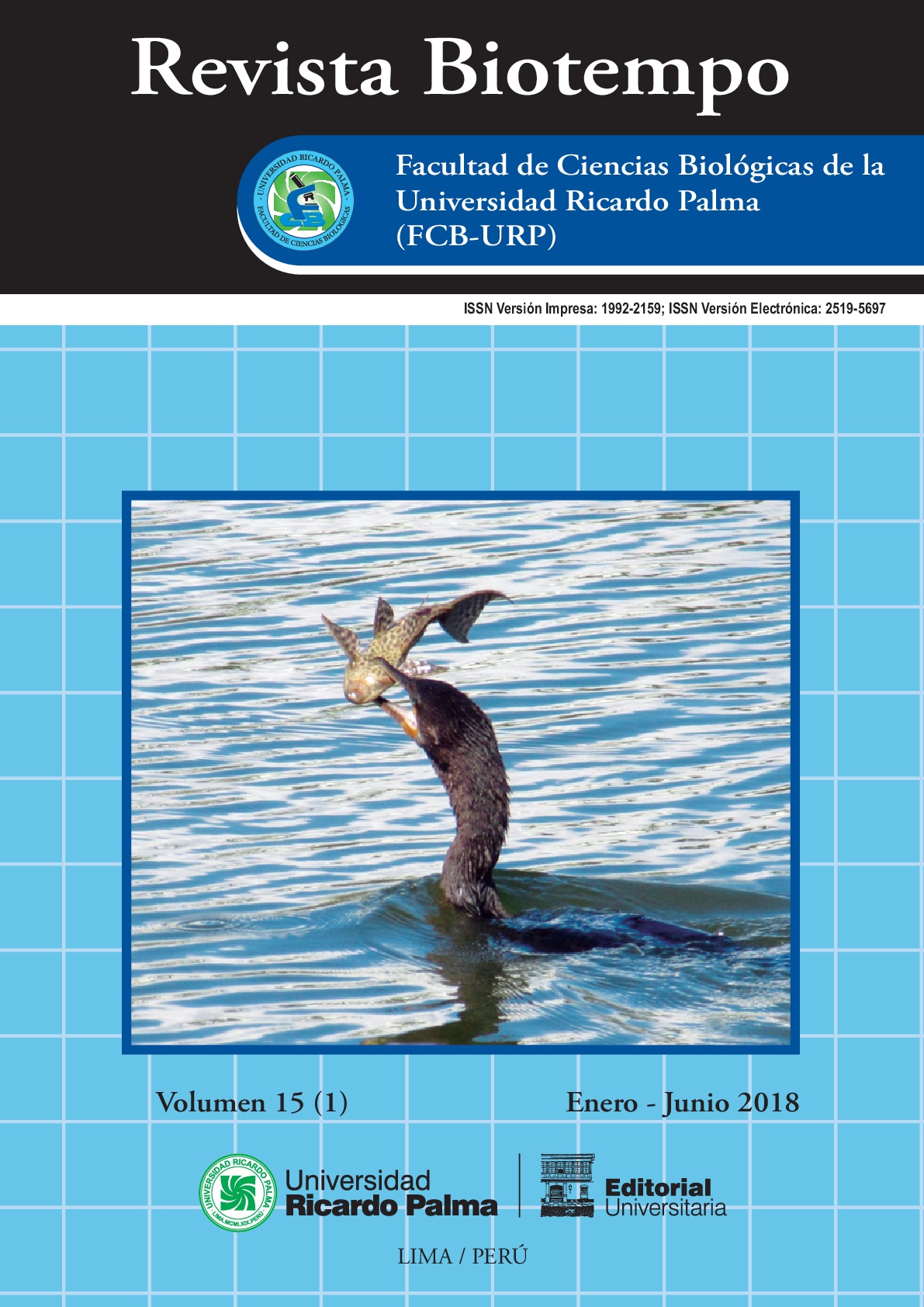PROGNOSIS FOR HURRICANE IRMA THROUGH REGRESSION OBJECTIVE REGRESSION AND ITS IMPACT ON THE VECTOR POPULATIONS AT THE METEOROLOGICAL STATION OF CAIBARIEN, VILLA CLARA, CUBA
DOI:
https://doi.org/10.31381/biotempo.v15i1.1692Abstract
with greater consequences, both for the populations of vector organisms and for human health. Th e objective of the
present investigation was to describe the forecast made for Hurricane Irma one year in advance, taking into account the
incidence in populations of vector organisms in the meteorological station of Caibarien, Villa Clara, Cuba. Th e study
was carried out based on the forecast of the atmospheric pressure variable, with a series of data, from 1977 to 2016, by
means of the Regression Objective Regression (ROR) methodology. It was shown that the forecast coincides with what
happened during the passage of Hurricane Irma, except for a diff erence of three days and six hours, according to the data
from the Caibarien weather station. Increasing the atmospheric pressure increases the larval density of mosquitoes. Th e
forecast with one year and eleven years in advance of the tri-horary atmospheric pressure is an important tool to predict
the impact of hurricanes in our territory as well as its direct relationship with the increasing diff usion and presentation in
diff erent tropical and subtropical regions of infectious entities of viral and parasitic etiology, and the diff usion, irradiation and propagation of the different genera and species of vector organisms, so it should be a daily service of the group of
weather forecasting in the provincial meteorological centers.










